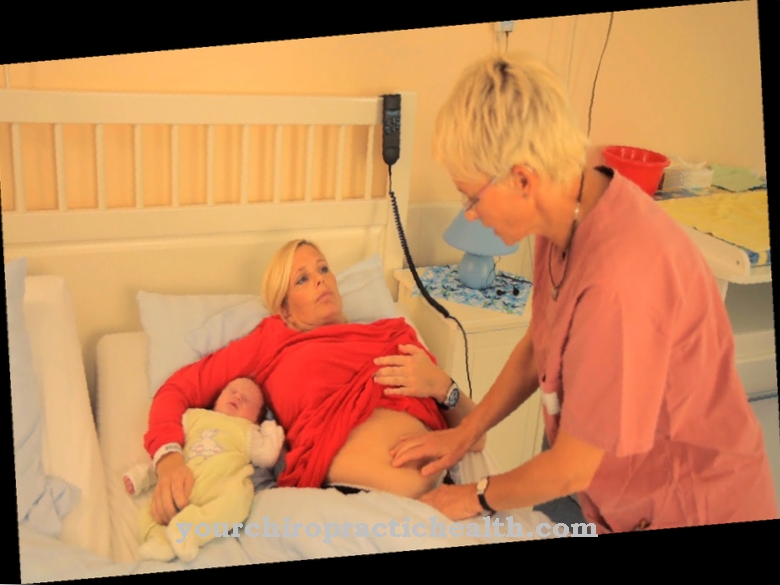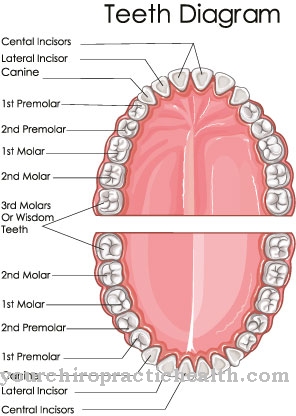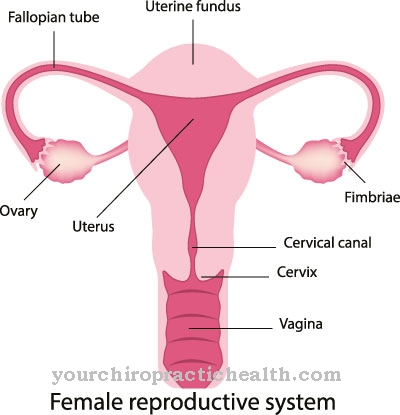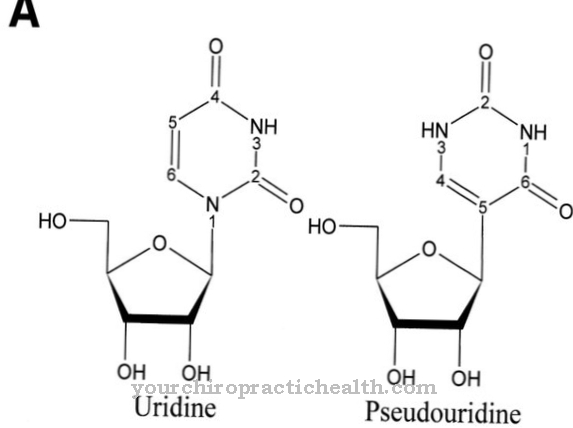For women, pregnancy means a complete change of body over several months. The fetus matures in its womb, the breasts begin to produce milk and the woman not only has to support herself with a healthy lifestyle, but also the child in her ever-growing belly. This symbiosis between mother and baby is dissolved again within a few hours during the birth - an appointment that first-time mothers in particular long for, as they can then finally hold their child in their arms.
What is natural birth medically?

Birth does not only consist of labor and the subsequent pressing until the child is born - complications can arise that every mother should know about. In addition, there are different types of birth - some like to have their child in a familiar atmosphere at home, others find the carrying power of water pleasant and still others do not want to do without modern medical options such as a PDA under any circumstances.
Spontaneous birth is another expression of natural birth. The definition states that it includes any woman who has been in labor for about three to eighteen hours and carried the child in her womb for 259 to 293 days.
Other characteristics are the occiput of the infant and the bursting of the amniotic sac during the opening period. The mother's blood loss should not exceed 500ml and neither the woman giving birth nor the child are significantly endangered during the process. According to dr-schwind.de, the opening period is the first of four stages of a natural birth; the other three are: expulsion, placental, and post-placental periods.
What variants of this birth are there?
In films, women usually lie in the delivery room while they give birth to the child. In reality, there is more to it than this one possibility. A standing birth, for example, can be found across cultures and times - gravity helps mother and child with this process and can even accelerate it in some cases.
Normally, an expectant mother only lies on the couch when measures such as a suction cup birth are used or when she is simply too exhausted to have the child standing up. In addition to standing birth, there is the option of sitting on a birthing stool. This supports the expectant mother in the upright posture, the buttocks can rest, but the pelvic floor is still free.
The place of giving birth can also be chosen in the case of a natural birth, the delivery room in the clinic is not the only option: with the home birth, the woman has the child in her own four walls. A free midwife supports her during the birth. The miracle can be fully enjoyed without unknown people such as nurses being in the room.
However, this is not recommended for high-risk pregnancies - in order to ensure optimal care even in the event of complications for the mother and child, the birth in hospital is essential. The parents can, however, opt for an outpatient birth: a few hours after the delivery or the next morning they can go home with their offspring.
Those who do not want to give birth at home but also not in the clinic can choose the more familiar atmosphere of a birthing center. For many expectant mothers, water birth is also beneficial.
What if there are complications?

Medicine is now so advanced that complications are in most cases neither life-threatening for the woman giving birth nor the child. If they do occur, a caesarean section is performed or a suction cup or forceps are used, depending on the doctor's opinion.
The caesarean section is a surgical procedure in which the child is born through an incision in the abdominal wall. The suction cup and the forceps transport the child through the birth canal into the world. This is done if the child has to get out of the tummy immediately - for example due to a lack of oxygen or incorrect or non-existent heart sounds during the birth.
In contrast to this woman, however, the described consequences do not normally have to be expected - many women have this procedure with the pliers or the suction cup behind them without complaining of pain afterwards. However, it remains a medical intervention with all the possible risks that this entails, about which an expectant mother must be informed.
How & when is the birth initiated?
Sometimes it is necessary to artificially guide the labor so that the child comes into the world. Opinions on this differ greatly, as can be seen on this question portal.
In general, however, one can trust the opinion of the attending physician. If the mother keeps the baby in the womb for too long and shows no signs of natural labor, there may be complications for both. Induction is also necessary if the amniotic sac bursts, but the body does not otherwise adjust to the approaching birth.
Does a PDA make sense?
PDA stands for epidural anesthesia. This is given to pregnant women so that they can no longer feel the contractions and thus save their energy for the birth. It is useful when there is a labor cramp that completely exhausts the mother even before the actual birth process. In general, it is up to the pregnant woman to decide whether she wants a PDA or not.
In spite of severe pain, she can refuse to do so - unless a caesarean section occurs. If this is performed without general anesthesia, the PDA is a way of numbing the corresponding area of the body so that the mother does not notice the operation through pain.
Will the pain decrease with further births?
The feeling of pain is purely subjective. For this reason, it cannot generally be said that pain is less severe in subsequent children. Above all, a woman's pain memory is designed in such a way that she forgets the birth troubles relatively quickly afterwards or at least perceives them as no longer so bad. A direct comparison is therefore hardly possible - only the length of the births differs from subsequent children - on average, the women giving birth are shorter in labor.

















.jpg)










